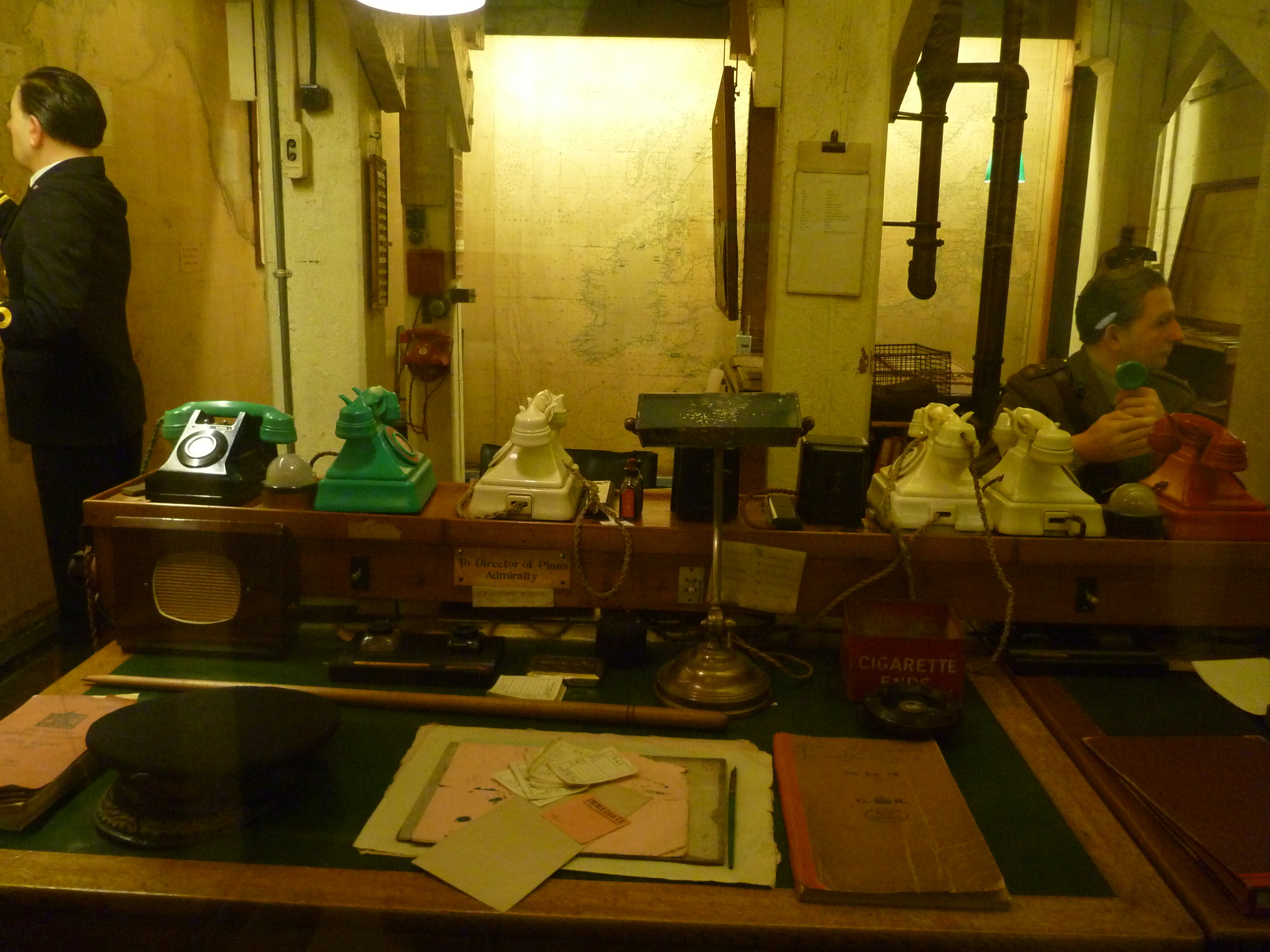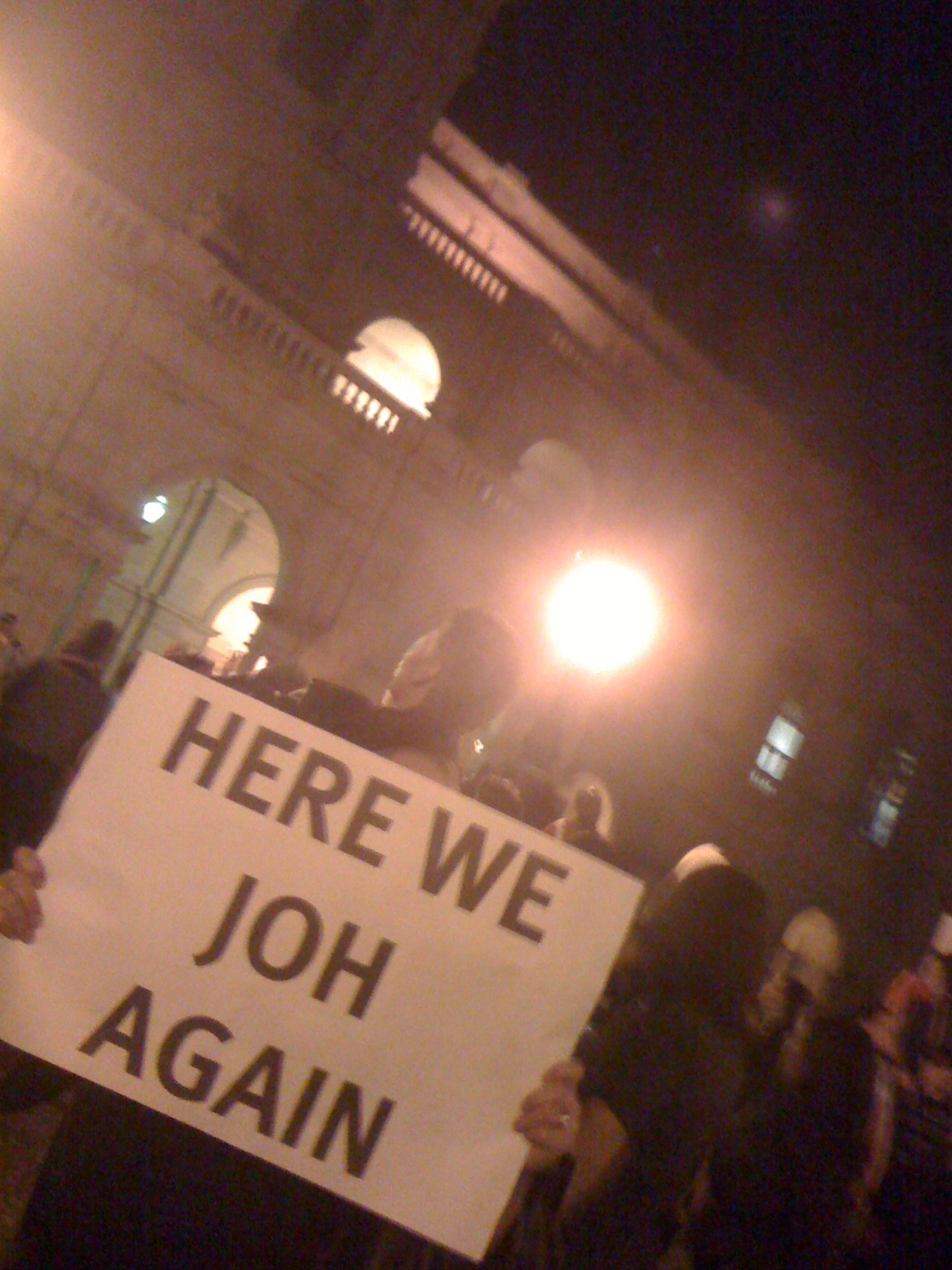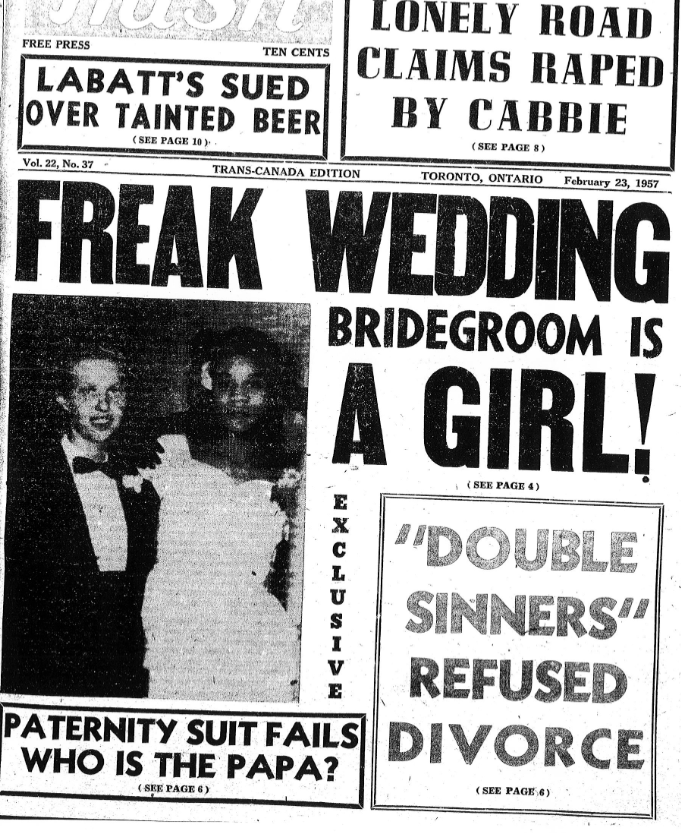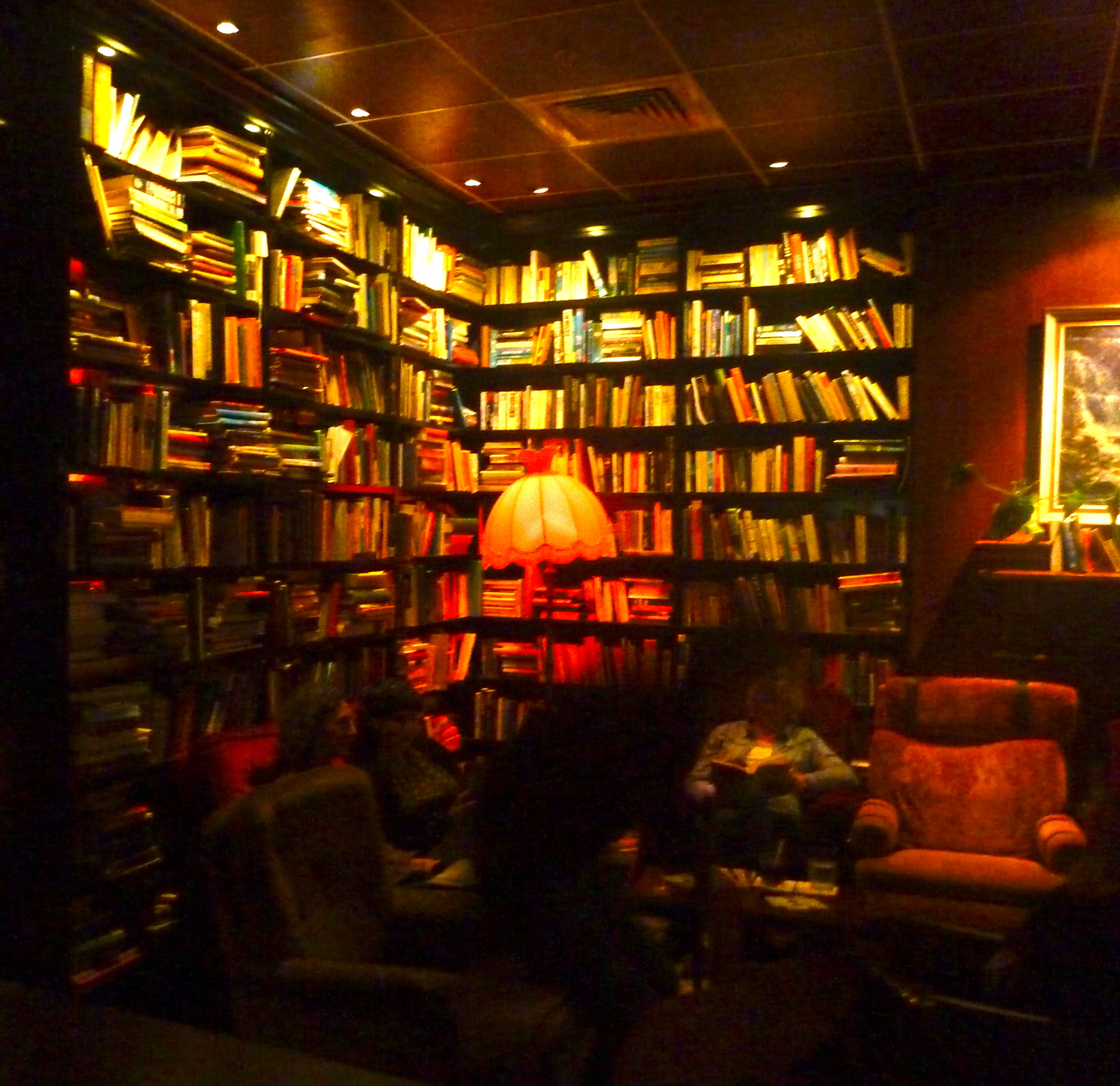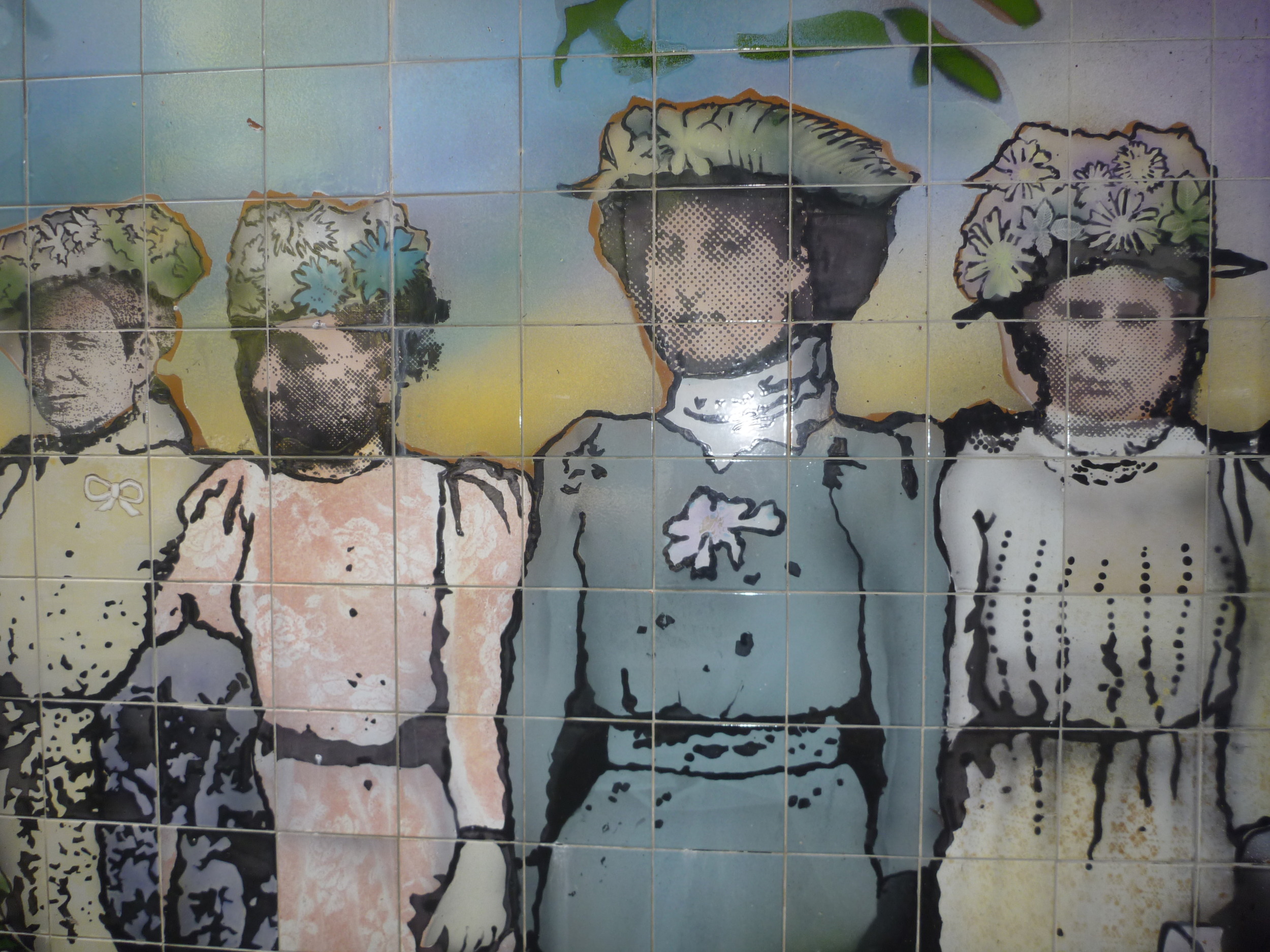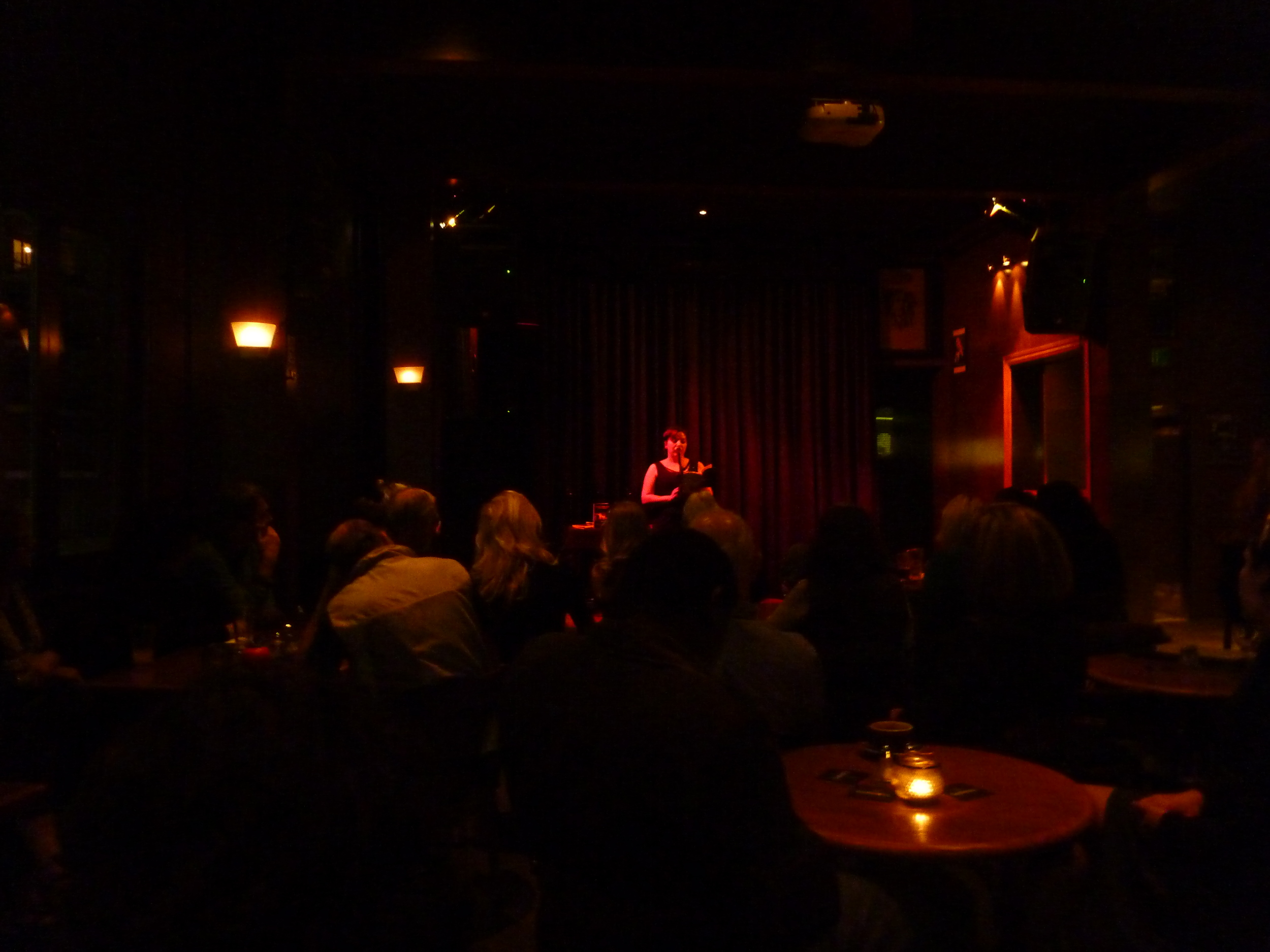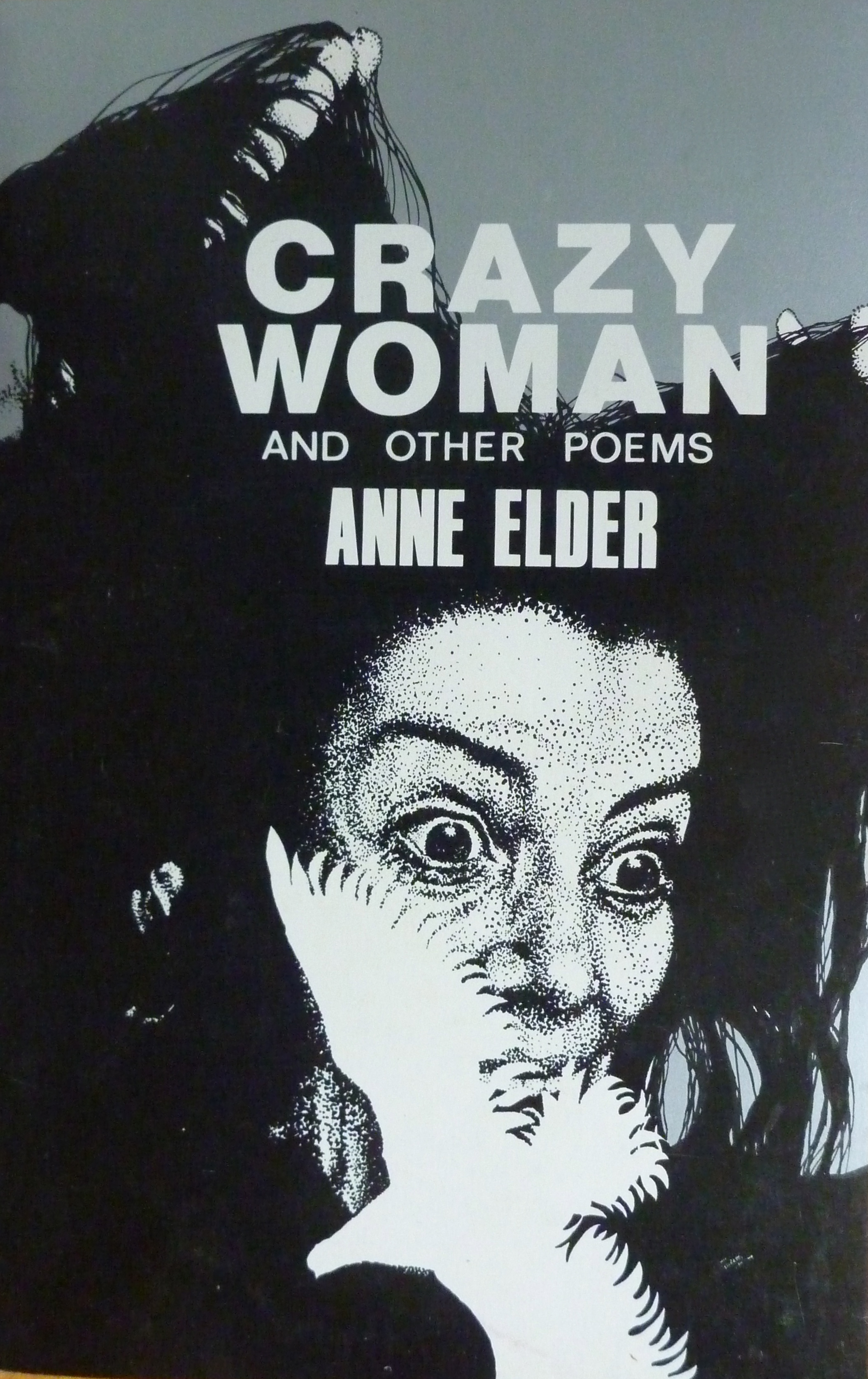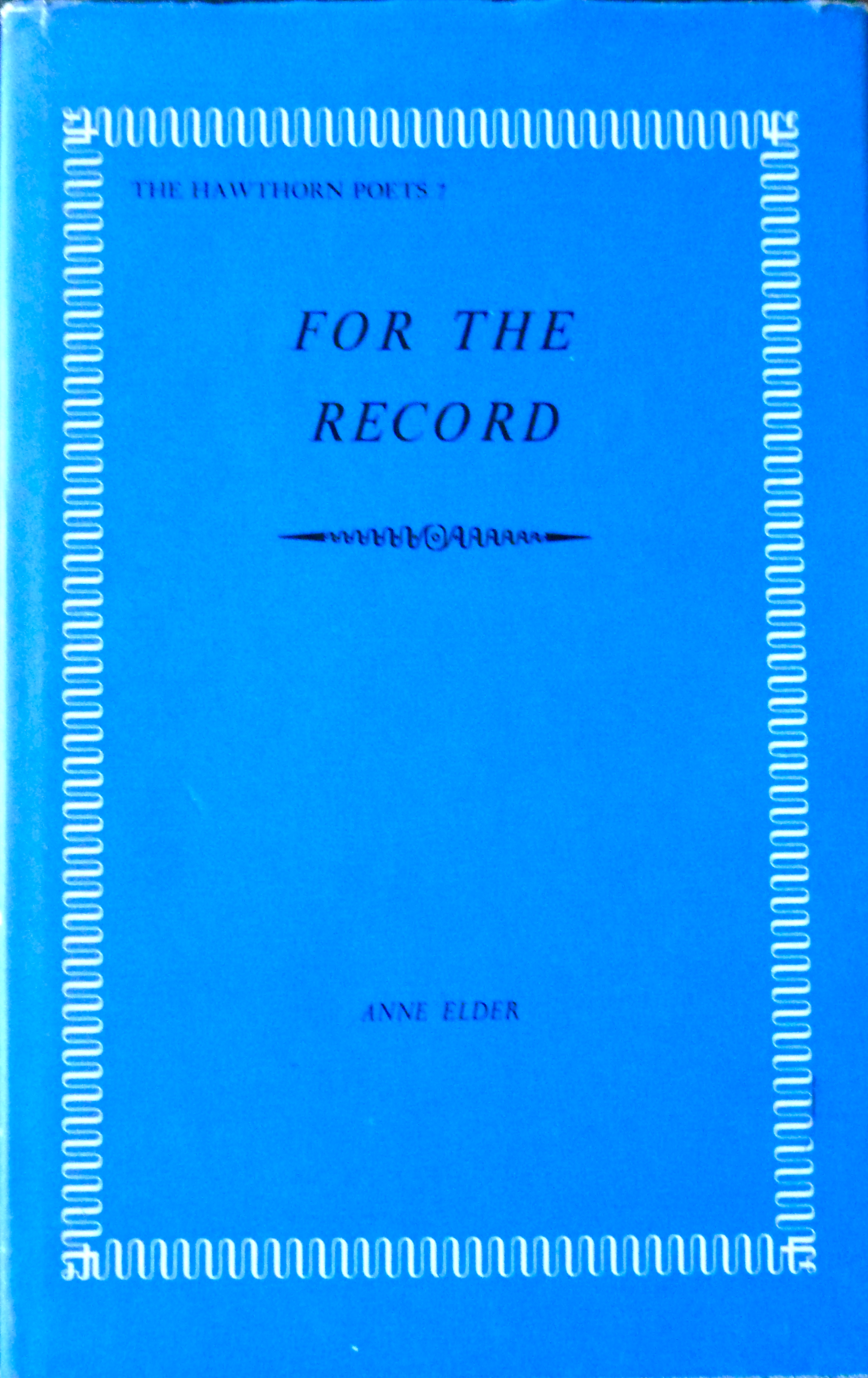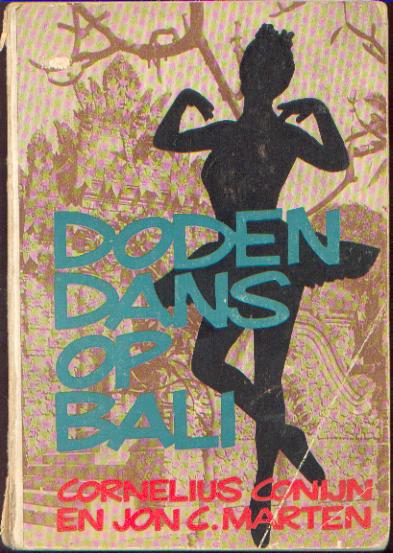I have been in Finland for the past few weeks, and before that I was in London, Budapest, and Prague doing poetry readings as part of my Marten Bequest travels. After all the busyness of the travelling and readings—and a healthy dollop of sightseeing, since this is my first visit to Europe—it’s been good to stay in one place and focus, finally, on writing new poems.
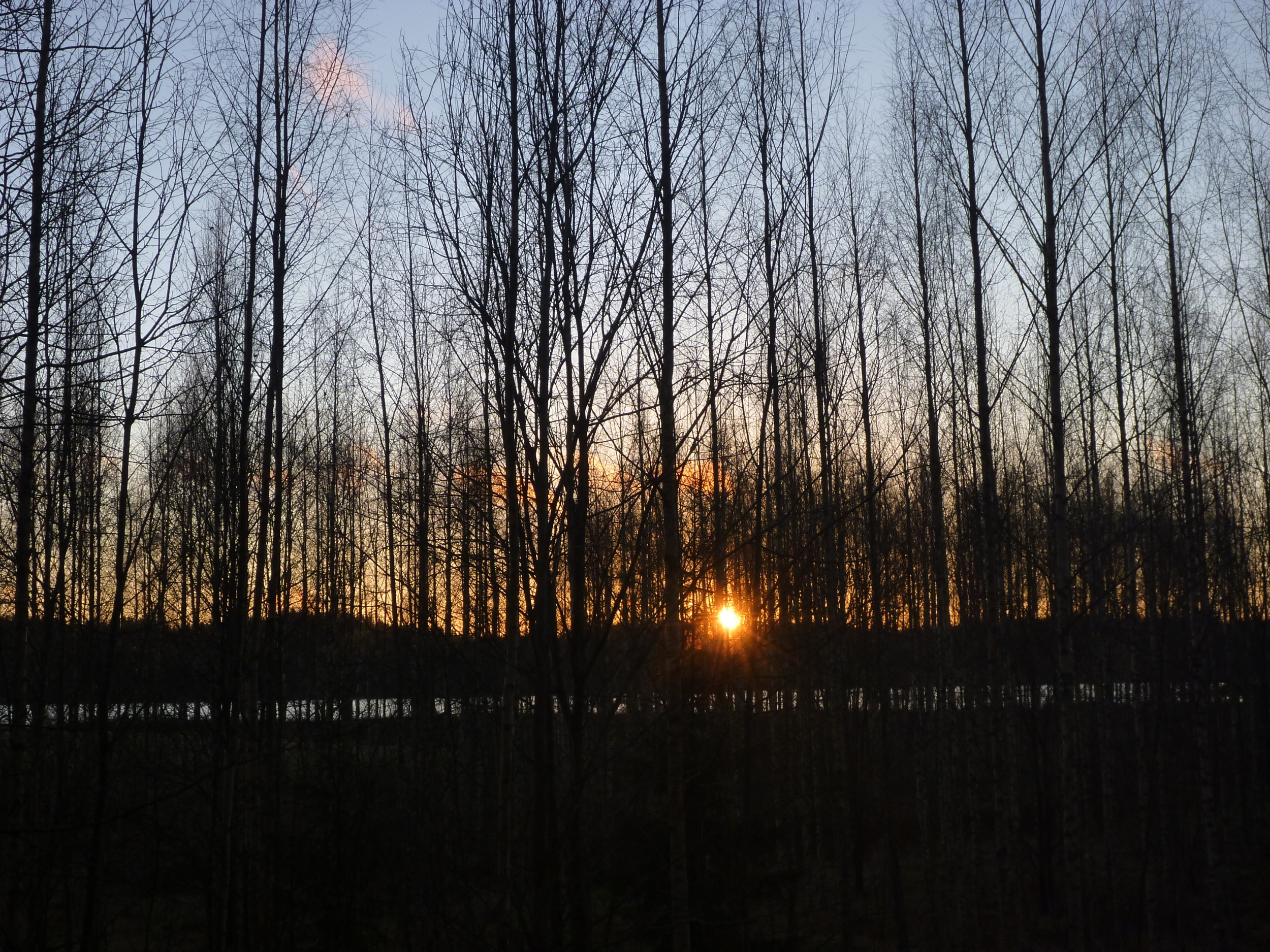
I’m at a creative residency called Arteles, which is around 200km north-west of Helsinki. I’m here with eight other residents, all of them artists, from the UK, Finland, Hungary, Canada, and Israel. The nearest town is seven kilometres away, and all around us are fields and lakes and little red Finnish houses. And, next to the little red houses, little red house-shaped saunas.
In terms of climate, this part of Finland in November is rainy in a drizzly and morose sort of way, with daytime temperatures around zero to five degrees. But the most striking thing about the place is the lack of light. Each day will be a few minutes shorter than the last, up until the solstice on December 21. (Of course, this year we may be too busy to celebrate the solstice, given that it coincides with the end of the world—unless we can make it to a tiny, Armageddon-proof French village).
For me, the lack of light is so novel and so affecting that it has shaped a lot of my experience here. More interested than usual in temperatures and forecasts, I installed a weather app that tells me that sunrise was at 8:50 today, and sunset was at 3:36. By the time I leave here in ten days, sunrise will be at 9:18 and sunset at 3:15.
On the night I arrived here, I heard one of the other artists, Ofri Lapid, talk about the centrality of light in the installation she was developing. That started me thinking. In the weeks since then, I’ve written a small suite of poems examining light, landscape and translation. Anu Turunen, the only Finnish artist in residence, is translating the poems into Finnish, and I plan to read them—perhaps with Finnish and English overlaid in an audio recording—at an open studio event on Saturday here at Arteles. If all goes to plan, the reading will take place within Ofri’s light installation, which will be constructed on the day with household lamps brought along by local residents who attend the event.
Aside from the poems about light and translation, I’ve been working on many other new poems and even a little bit of prose. As I look out on muddy fields, or frost, or the dark, the experience within my writing space has been weirdly rich and fertile, and surprisingly bright and warm.
